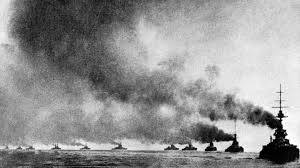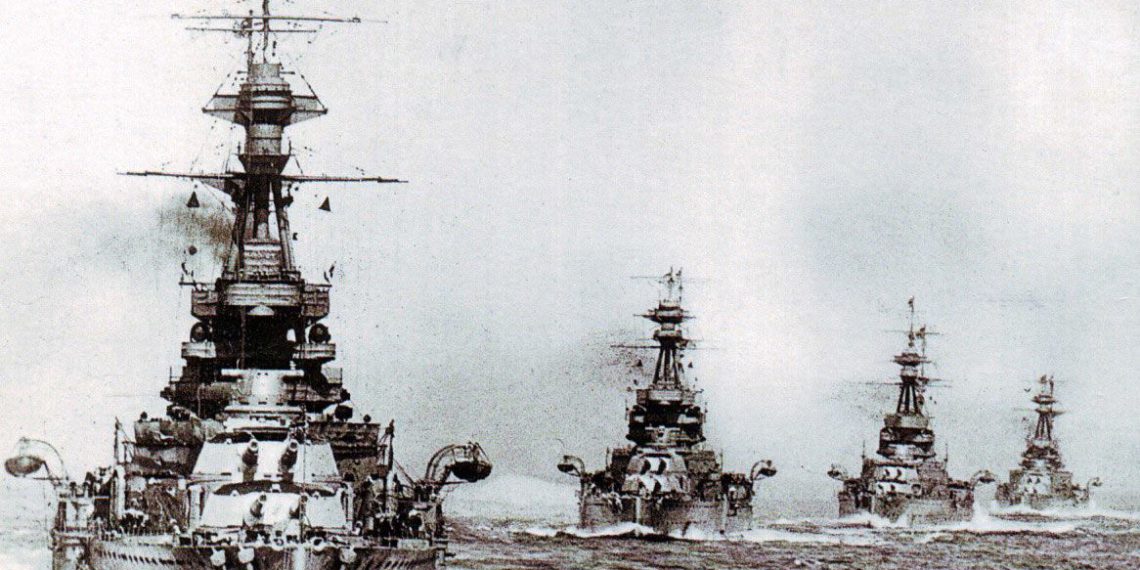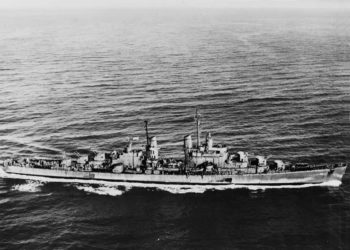Battle of Jutland / Skagerrakschlacht. On the 31st of May 1916, The Imperial German Navy attempted to lure a portion of the British Navy Grand Fleet into a trap and destroy it with the aim of evening the odds between the two fleets. Jutland was only the 3rd naval battle in history pitting steel battleships versus steel battleships. It was also, ironically, the last naval battle in history fought predominantly by battleships.

250 ships in total clashed twice that day as both fleets tried to lure each other into a trap. The first round went to the Germans. The second round saw the British Navy almost cut off the German Imperial Fleet from its base. The German fleet managed to slip out at night due in great part to a series of highly skilled coordinated manoeuvres. The Royal Navy lost 14 ships in total, including 3 Battlecruisers and 3 Armoured Cruisers. The Imperial Navy lost 11 ships in total, the majority of them Torpedo Boats, although the Germans also lost 1 Battlecruiser and 4 Light Cruisers. On the human side, the British lost twice as many sailors as the Germans : 6000.

Tactically, it was a German victory. But in real terms and strategically, it was a British victory as the German fleet was still contained in the North Sea, bottled up in its home port. The clash was full of lessons for both sides: The Germans had better communication than the Brits, relying on wireless rather than on flag signals, which enabled the German fleet to manoeuvre better as one unit. The German AP shells were also of much better quality than their British counterparts and the German propellant was safer and more stable. The British shells were of poor quality, with their AP shells often detonating outside the German armour without penetrating. The British propellant was also corrosive and was very sensitive to flashes, increasing the risk of accidental ignition. The German range finding was excellent due to high quality optics and training standards. British gunnery was accurate thanks to a better fire control and was delivered with a higher rate of fire.










